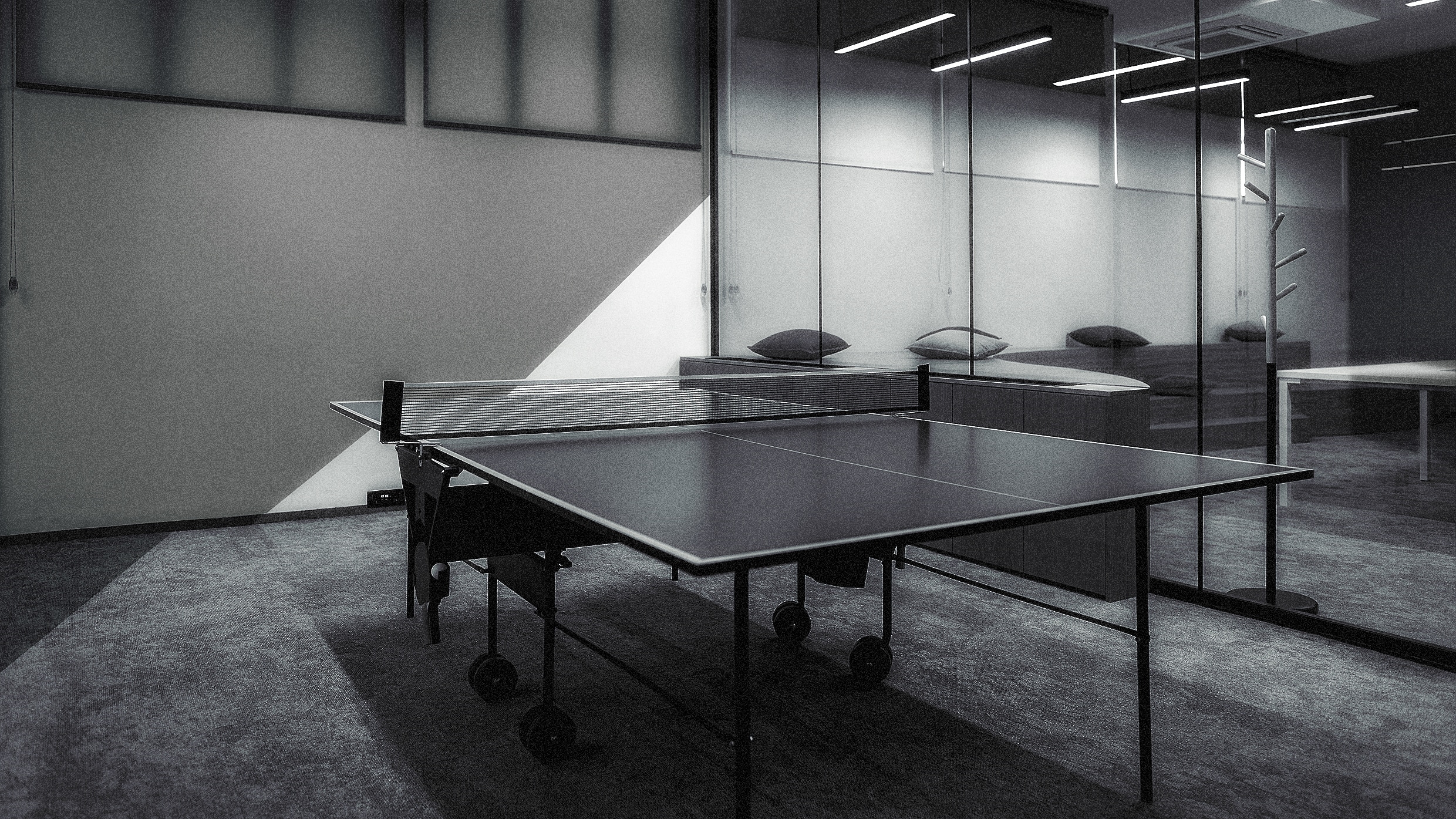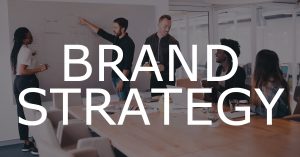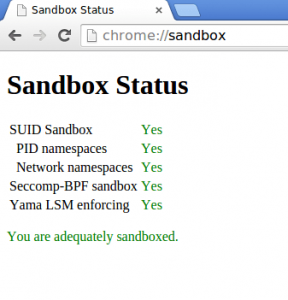By Nicole Gull McElroy
Daniel Zimmer’s job at legacy tech company SAP is to improve the experience of the developers and engineers working there. When the pandemic hit, Zimmer was in the middle of reimagining SAP’s Bay Area footprint, which included leases in San Francisco, San Ramon, and Palo Alto.
The 50-year-old tech company has a global presence, but its approach to office space hasn’t mirrored that of its competitors. “Our offices didn’t look like Disneyland,” Zimmer says. “We didn’t have beach volleyball courts. We always felt like, ‘Maybe that’s what we’re lacking?’”
SAP had eight buildings in Palo Alto and was on the hunt for a marquis location in San Francisco. Zimmer believed that the changes brought on by COVID-19’s work-from-home and hybrid schedules offered the business an opportunity to start fresh with a new approach to its office space.
He’d noticed on LinkedIn that his neighbor, architect Aaron Taylor Harvey, had posted about a new company he launched after leaving Airbnb—an architecture and interiors firm aiming to reimagine the office experience.
Harvey’s website read: “When so much can be done at home, every other place must provide an experience that is impossible to obtain online. The office must go from default to destination . . .”
Zimmer was instantly engaged. “I thought, This is exactly what we need,” he recalls. Intrigued, Zimmer pinged Harvey and the two met in a neighborhood park for a pandemic-style intro.
Harvey and his business partner, Leila Khosrovi, had spent six years running Airbnb Environments, the in-house architecture firm responsible for designing the company’s offices. At Airbnb, they were able to operate on a unique design continuum, constantly shifting and tweaking the company’s architectural and interior design to meet its needs as it grew.
On the heels of a COVID layoff, the pair launched their own firm, called Spaces Of. Their approach, Harvey explained to Zimmer, would leverage storytelling and empathy to reflect a company’s culture and work ethic through architectural design, just as they’d done at Airbnb. There wouldn’t be architectural gimmicks—instead the process would involve research, thoughtful analysis, and deep listening that would lead to a design that resonates with every level of an organization. If Zimmer agreed, SAP would be Spaces Of’s first client.
Spaces Of was formed at a time when the office concept was first under threat. The pandemic shifted the balance in terms of what employees want from their work environment. Suddenly, the allure of an at-home office and more work-life balance was in direct competition with a company’s need to foster collaboration, creativity, and spontaneity by having colleagues in a shared space at work.
Recruiting firm TalenTrust surveyed 53 private companies throughout the U.S., representing more than 1,000 employees in sectors such as financial services, manufacturing, and tech. The results show that 96% of those surveyed prefer to work at home or in a hybrid environment, and that just 17% of employers are “intentionally structuring office days to be collaborative.” In order to flip those numbers and make people happy to come back to the office, the report’s authors say CEOs must try something new. If there’s nothing truly gained by going to an office, why go?
That’s the question Spaces Of is trying to answer with its design approach. “We’re asking, ‘Why do people leave their houses?’” Harvey says. The answer comes in the form of communal spaces, an attachment to a broader vision, and a level of empathy for the lived experience of the office. “Storytelling has generally been an underused element in architectural design,” he says. “We are the star of our own show. How do we move through the day? What happens to us? That’s the creation of a destination.”
Bringing that to an executive, who then needs to convince the rest of an organization’s leadership, is no small thing, Khosrovi says. Investing in space and being willing to move walls, reframe interactions, and build behavioral change is a powerful tool and possibly the deepest form of brand-building there is. The challenge, Harvey adds, is rethinking the established idea that in order for offices to be worthwhile places to go, they need to be playgrounds, with Ping-Pong tables and kombucha bars.
Instead, Spaces Of aims to “manufacture belonging with the space.” Harvey says, “It feels much better to do good work than to avoid work, like playing a PlayStation and eating candy. There is this notion of productive novelty. Something can be novel and exciting to encounter, but it doesn’t have to take you away from the work. It can be exciting to work there.”
Spaces Of begins its design process with in-depth research that helps determine how an office might truly be used. In the case of SAP, the Spaces Of team conducted 60-to-90-minute interviews in which they engaged with employees on a personal basis and heard about their goals for the office experience. “The complexity of everyone’s lives informed the space from the beginning,” Zimmer says. “We were able to identify a core group of 81% who said they’d like to be in the office anywhere from once a month to three times per week.”
More than two years and countless hours of work later, SAP reduced its eight-building footprint in Palo Alto to three and developed a San Francisco office that’s designed for maximum flexibility. In the end, SAP reduced its footprint by 75%, making it more efficient, with less overhead than running and maintaining multiple buildings required. The space, Zimmer says, is flexible, meeting the needs of its employees, whether 30 or 250 are in the office on any given day.
For another client, an investment firm in New York City that asked not to be named, Spaces Of zeroed in on the need for versatility, solo workspaces, and collaborative environments. The central staircase of the office can be transformed into a small amphitheater, where the firm and its portfolio companies can hold on-sites and fireside chats. “All of the things we used to leave the office for an off-site, and rent some cool warehouse in Brooklyn, we now just do that in our office,” Harvey says. In fact, 40% of the firm’s portfolio companies have used the space for events and meetings since it opened in September 2022, saving one of the companies roughly $25,000 in rental fees.
On any given day, up to 50 people are in the office, from firm employees to board members to individuals who work at portfolio companies. There are twice as many private lockers as there are employees, so people can store whatever they need comfortably. The space also takes advantage of the city skyline, with floor-to-ceiling windows in nearly every direction, as well as panes of glass, large archways, and sort of peer-through spaces (open steps in the stairwell, skylights, and glass walls) that allow light and air to fill the office.
That same firm also has several freestanding rooms that can be used for phone and Zoom calls; independent workspaces equipped with monitors, standing desks, and rooms with proper walls; and a dining/café area that feels as appropriate for an impromptu lunch meeting as it does for a quiet hour of morning work on a laptop. Even the glass-enclosed meeting rooms have informal foyer spaces, where mini before-and-after moments can happen as gatherings ramp up and wind down.
The architecture within the office is dynamic, making sure each space has the possibility for various uses, dependent on an array of circumstances that emerge in a given workday. “It’s not about offering cute spaces that don’t work or that don’t acknowledge the performative nature of work,” Harvey says. “This was built for this meeting. Some calls you don’t want to have at home, or in a hotel lobby or coffee shop. It’s about ratios. What are the tools you need to access and how can you flip between them really quickly?”
And with the generosity and freedom that comes with these new designs must also come clear boundaries, Harvey says. Part of the reason work from home has been so hard for so many to let go of is because it’s offered a level of personal freedom that many employees never felt they previously had. “We are trying to reflect the culture the people inside a company can’t see,” he says. “They’re so deeply inside of it. The process comes before architecture. . . . You can build a persona from those relationships, from different levels of skills. Then you can imagine what the office can look like.”
(6)











